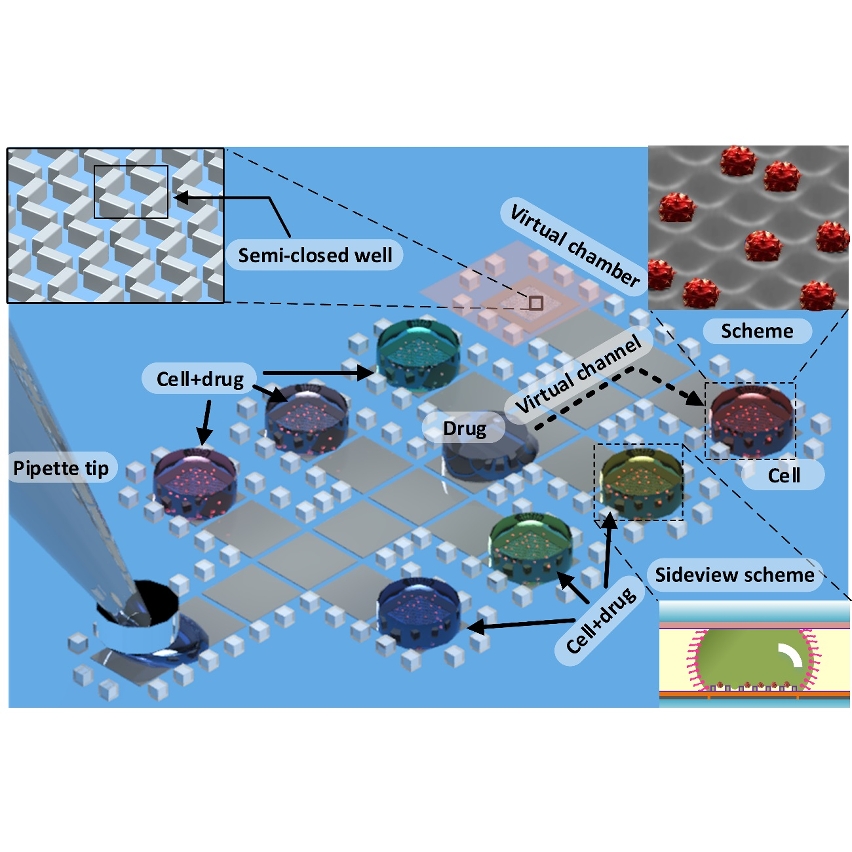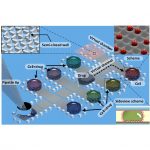 UM has developed a new cancer drug screening method
UM has developed a new cancer drug screening method
An interdisciplinary research team from the University of Macau (UM) recently developed a new screening method for cancer drugs. Using a digital microfluidic system, the research team can run single cell drug screening tests with a limited amount of biopsy samples. As an efficient and precise method, the screening process for a cancer patient can be completed within 24 hours, which can help provide timely guidance for doctors on medication prescription. The research results have been published by the authoritative international journal Microsystems & Nanoengineering under Nature Publishing Group.
Currently, cancer drug screening tests usually use 96-well plates. The process requires a large number of cells and reagents, but there is usually only a limited number of cells available in biopsy samples. Especially in cancer biopsy samples, they include different cells and depend on single-cell culture to select effective drugs with low toxicity. To address this problem, the UM team developed a technique for single-cell drug screening in order to be precise in cancer drug prescription. In the process, all the single cells are kept in the same droplet, maintaining cell-to-cell communication and therefore reflecting the real cell response as they are in a colony. The entire process can be completed within 24 hours and thus is expected to provide timely guidance for doctors on medication prescription.
The paper is titled ‘A Digital Microfluidic System with 3D Microstructures for Single-Cell Culture’. UM researcher Zhai Jiao is the paper’s first author and Jia Yanwei, an assistant professor in UM’s State Key Laboratory of Analog and Mixed-Signal VLSI, is the corresponding author. According to Dr. Jia, the 3D structure on the chip is realized by photolithography. This structure can keep the cells in single-cell state during culture. During the development process, the research team used a thin film of low evaporation temperature silicon oil to allow the cells to breathe and prevent the drop from evaporating.
The interdisciplinary research project was led by UM’s Institute of Microelectronics, and jointly conducted by UM’s Faculty of Health Sciences and Sun Yat-sen University. At the core of the project is digital microfluidic technology, which can be applied in medical diagnosis and precision medicine. The research project was supported by the Macao Science and Technology Development Fund.


